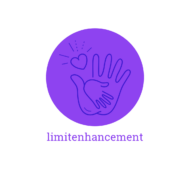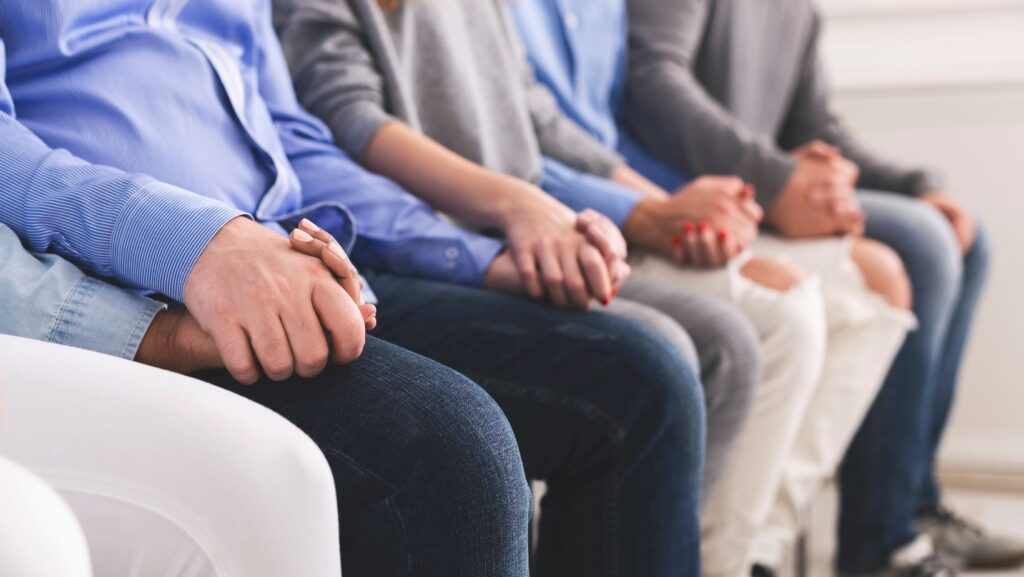Recovery is never a one-size-fits-all journey. It requires care, compassion, support, and access to resources. But for many people in marginalized communities, the path to healing is even harder. Systemic barriers, stigma, and lack of culturally competent care often make recovery more complex—and less accessible.
Whether it’s due to race, ethnicity, sexual orientation, gender identity, socioeconomic status, or immigration status, people from marginalized groups often face unique challenges in accessing recovery services and sustaining long-term healing. To support recovery for all, we must understand these barriers—and work to remove them.
What Does “Marginalized” Mean?
Marginalized communities are groups that have historically faced discrimination, exclusion, or limited access to resources. This includes:
- Black, Indigenous, and People of Color (BIPOC)
- LGBTQIA+ individuals
- Immigrants and undocumented individuals
- People experiencing poverty or housing insecurity
- People with disabilities
- Incarcerated or formerly incarcerated individuals
These communities often experience intersecting layers of oppression—and that deeply impacts mental health and recovery.
Why Recovery Looks Different for Marginalized Groups

Recovery isn’t just about stopping harmful behaviors. It’s about building a life that supports physical, emotional, and spiritual wellness. That means having:
- Access to healthcare
- Safe housing
- Employment opportunities
- Social support
- Culturally relevant care
Unfortunately, these resources aren’t equally available to everyone.
According to the Substance Abuse and Mental Health Services Administration (SAMHSA), only 35% of Black adults with mental illness receive treatment, compared to 52% of white adults (SAMHSA, 2021).
Barriers like racism, poverty, mistrust in the healthcare system, and lack of representation make it harder for people in marginalized communities to get the support they need.
Common Challenges in Recovery for Marginalized Communities
1. Stigma and Cultural Shame
Mental health and addiction still carry deep stigma in many cultures. In some communities, talking about mental illness or seeking help may be seen as a sign of weakness or shame.
For example, in some immigrant families, mental illness may be dismissed as a personal flaw or family disgrace. LGBTQIA+ individuals may fear rejection or judgment in religious or conservative communities.
This stigma creates silence—and silence can delay or prevent recovery.
2. Lack of Culturally Competent Care
Many recovery programs are built on models that don’t reflect the lived experiences of people of color or queer individuals. Therapists may lack cultural training. Treatment centers may not recognize unique traumas tied to racism, xenophobia, or homophobia.
A 2020 survey by Mental Health America found that only 6.2% of U.S. psychologists are Black, 5.5% are Latinx, and 4.9% are Asian. This lack of representation can make it hard for clients to feel understood or safe.
When people don’t see themselves in their care providers, they may struggle to open up—or stop seeking help altogether.
3. Financial Barriers
Recovery often requires therapy, medication, or inpatient treatment. These services can be expensive—and many people in marginalized communities lack insurance or steady income.
People living in poverty may have to choose between paying for treatment or paying for rent. Others may work multiple jobs or lack transportation, making it harder to attend appointments or support groups.
The National Alliance on Mental Illness (NAMI) reports that 11% of U.S. adults with a mental illness remain uninsured (NAMI, 2023)—with higher rates among Black, Latinx, and Indigenous communities.
4. Mistrust in the Medical System
Historical abuse and discrimination have led many marginalized groups to distrust mental health and medical institutions. For example:
- Black Americans still carry generational trauma from unethical studies like the Tuskegee Syphilis Experiment.
- Indigenous communities have experienced forced assimilation and mental health misdiagnoses.
- LGBTQIA+ individuals have faced conversion therapy or denial of gender-affirming care.
This history makes it harder for people to trust providers, even when help is available.
5. Higher Exposure to Trauma
Marginalized communities often face higher rates of trauma due to systemic oppression, violence, and discrimination.
- BIPOC individuals are more likely to experience police brutality or hate crimes.
- LGBTQIA+ youth face four times the rate of suicide attempts compared to their peers (The Trevor Project, 2022).
- Refugees and immigrants may carry the weight of war, loss, and displacement.
These traumas can lead to substance use, depression, or anxiety—and make recovery more complex and long-term.
What Can Be Done to Support Recovery in Marginalized Communities?
1. Promote Culturally Competent and Inclusive Care
Therapists, counselors, and treatment centers must learn how to respect and affirm diverse identities. This includes:
- Using inclusive language
- Understanding cultural norms and family structures
- Recognizing the role of systemic oppression in mental health
- Hiring diverse staff and peer support specialists
Cultural humility—not just cultural competence—is key. That means providers listen, learn, and center the client’s lived experience.
2. Support Community-Based Healing Spaces
Many marginalized individuals find healing in community, not institutions. Faith communities, mutual aid groups, peer-led support circles, and cultural centers can all offer safe, familiar, and trusted spaces.
Investing in these local supports is essential. Recovery doesn’t always start in a clinic—it often starts with connection.
3. Increase Access to Affordable Care
Expanding Medicaid, teletherapy, and sliding-scale services helps remove financial barriers. Schools, community centers, and nonprofits can offer free mental health workshops, mobile clinics, or online resources.
Public policies should also address housing, employment, and food insecurity—because recovery can’t happen without basic stability.
4. Raise Awareness and Normalize Mental Health Conversations
Breaking the silence around mental health starts with education. Schools, faith leaders, influencers, and community elders can help normalize mental wellness through:
- Culturally relevant mental health campaigns
- Storytelling from people with lived experience
- Workshops in multiple languages
- Celebrating recovery as strength—not shame
When we change the narrative, we make space for healing.
Final Thoughts
Recovery is possible—but it’s not equally accessible for everyone.
People in marginalized communities face real, layered challenges that go beyond personal choices. These challenges are rooted in systems that must change—from healthcare to housing, education to employment.
But hope is powerful. And when we listen, learn, and lead with compassion, we can create recovery spaces that truly include everyone.
Healing happens when people feel seen, respected, and supported. That’s the future we must build—together.

